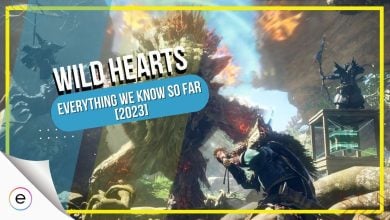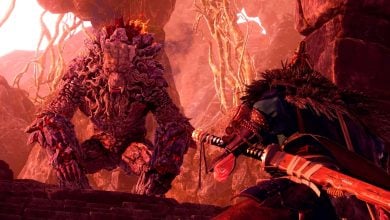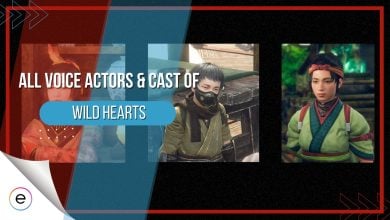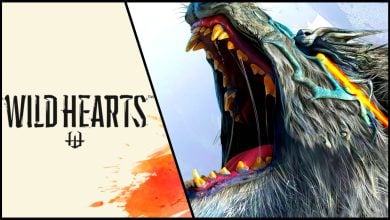Wild Hearts Review
Overall
-
Story And Setting
-
Gameplay
-
Visuals And Performance
Verdict
Wild Hearts is frankly an incredibly impressive attempt at creating a rival for the Monster Hunter franchise, and it’s an incredibly fun title to boot. It might not exactly be an actual threat to Capcom’s big money maker right now, but it’s the closest any game has ever come.
- Developers: Koei Tecmo and Omega Force
- Publishers: Electronic Arts
- Release Date: February 16, 2023
- Platforms: PlayStation 5, Xbox Series X & Series S, and PC
- Tested On: PC with RTX 3080
Pros
- Great New Setting
- Art Direction
- Fantastic Combat
- Karakuri Mechanics
- Impressive Monsters
Cons
- Performance Issues
- Looks A Bit Dated
- Lack Of Unique Monster Behaviors
While this is first and foremost a Wild Hearts Review, throughout the article we will constantly be talking about an incredibly popular property that many of you will already know of. Yes, we’re of course talking about Monster Hunter, one of the most beloved game franchises of all time, and also one of the best-selling series of all time.
Because the thing is, Wild Hearts isn’t simply a game that tries to copy the core gameplay template established and popularized by Monster Hunter, it’s one that commits to the endeavor wholeheartedly while also adding its own unique spin to it. This game is more than just a clone, it’s an homage to a formula that few studios would ever even have the guts to even try to replicate, and fewer still would actually manage to find any sort of success And for the most part, it succeeds.
So in this review, we will be going through all of the things that Wild Hearts does right, and what it doesn’t, while also keeping in mind that this is a brand new IP with none of the influence and cultural weight that Monster Hunter possesses. But with that said, let’s jump right in.
Story And Setting
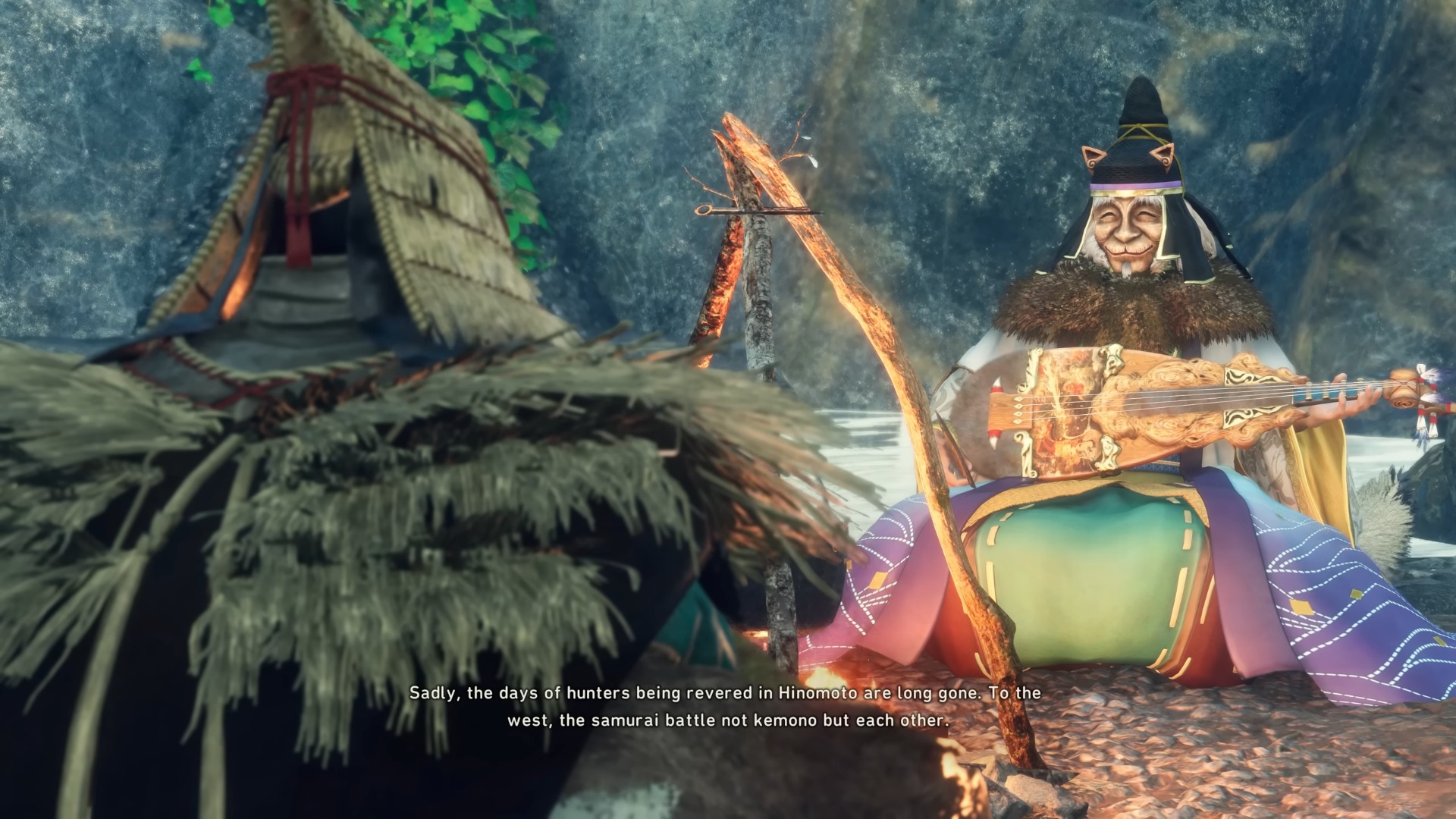
Wild Hearts takes place in the fictional setting of Azuma, a Japanese-inspired world full of all sorts of giant monsters that roam the wild. It’s not exactly original any sense of the word, and in fact, fits very neatly into a particular sub-genre of historical fantasy. It is also coincidentally very very similar to the most recent game in the Monster Hunter series, MH Rise, which also boasted a Japanese-themed town and story.
Within this world, players take on the role of a nameless hunter that you can fully customize for yourselves. And as a skilled fighter, you have been tasked with going out into the wild and putting an end to the various different beasts that you share the land with.
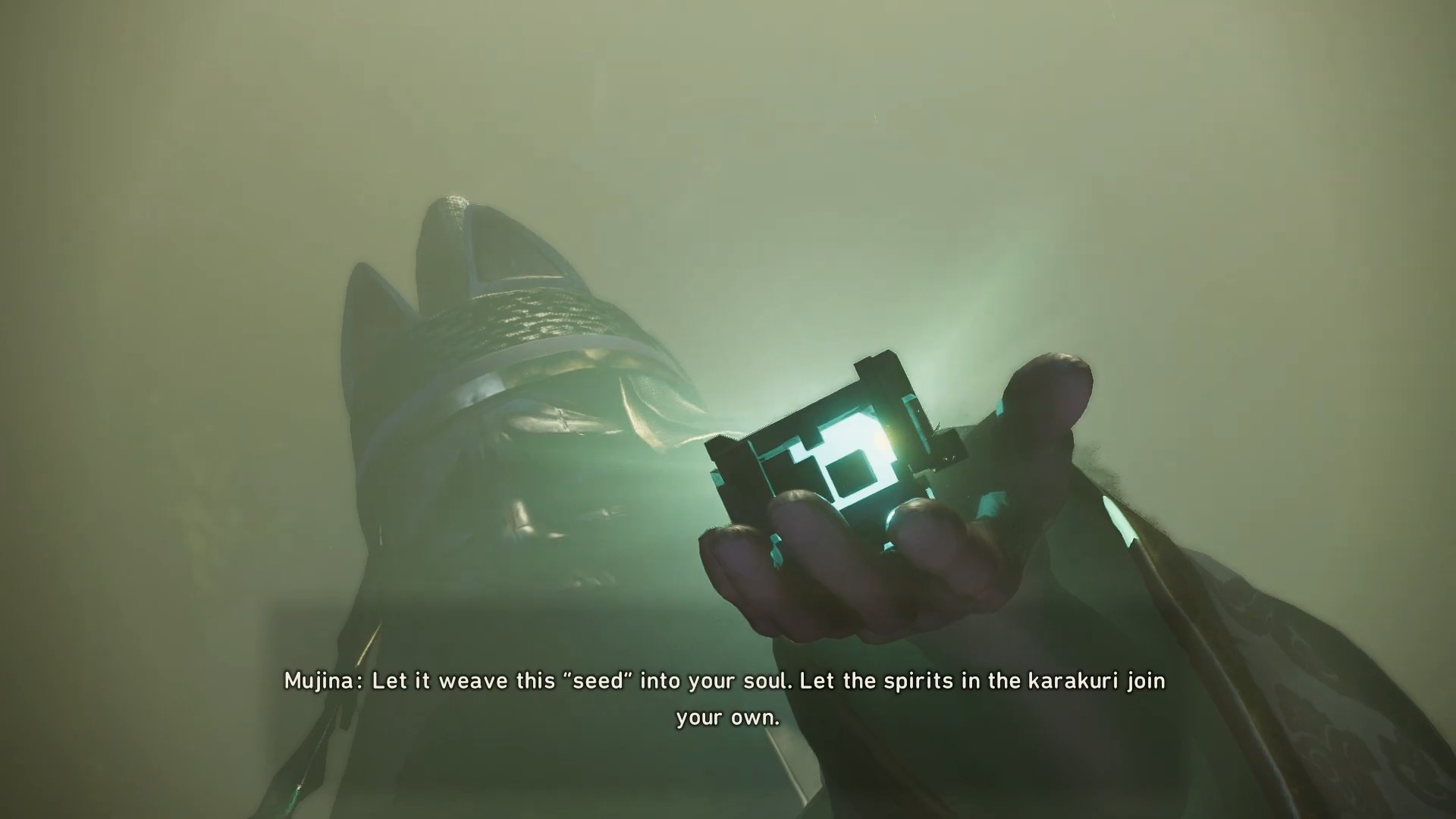
Why have you been given this task you might ask? Well, not for fun as it turns out. Something, or someone, is causing all manner of beasts to go on a rampage, and it is now your job to quell these monsters, and in doing so eventually find the source of their aggression. Does that sound familiar? Well, it should if you’re a Monster Hunter veteran because this is basically the plot of most games in that series,
And this is not me putting it down for choosing to go that route, I genuinely believe that this right here is an excellent way to get players invested in a game world and give them a reason to go out and engage with the content. I am however putting it down for not doing anything new with the story, and not putting in the effort to distinguish itself more from its inspirations.
Gameplay
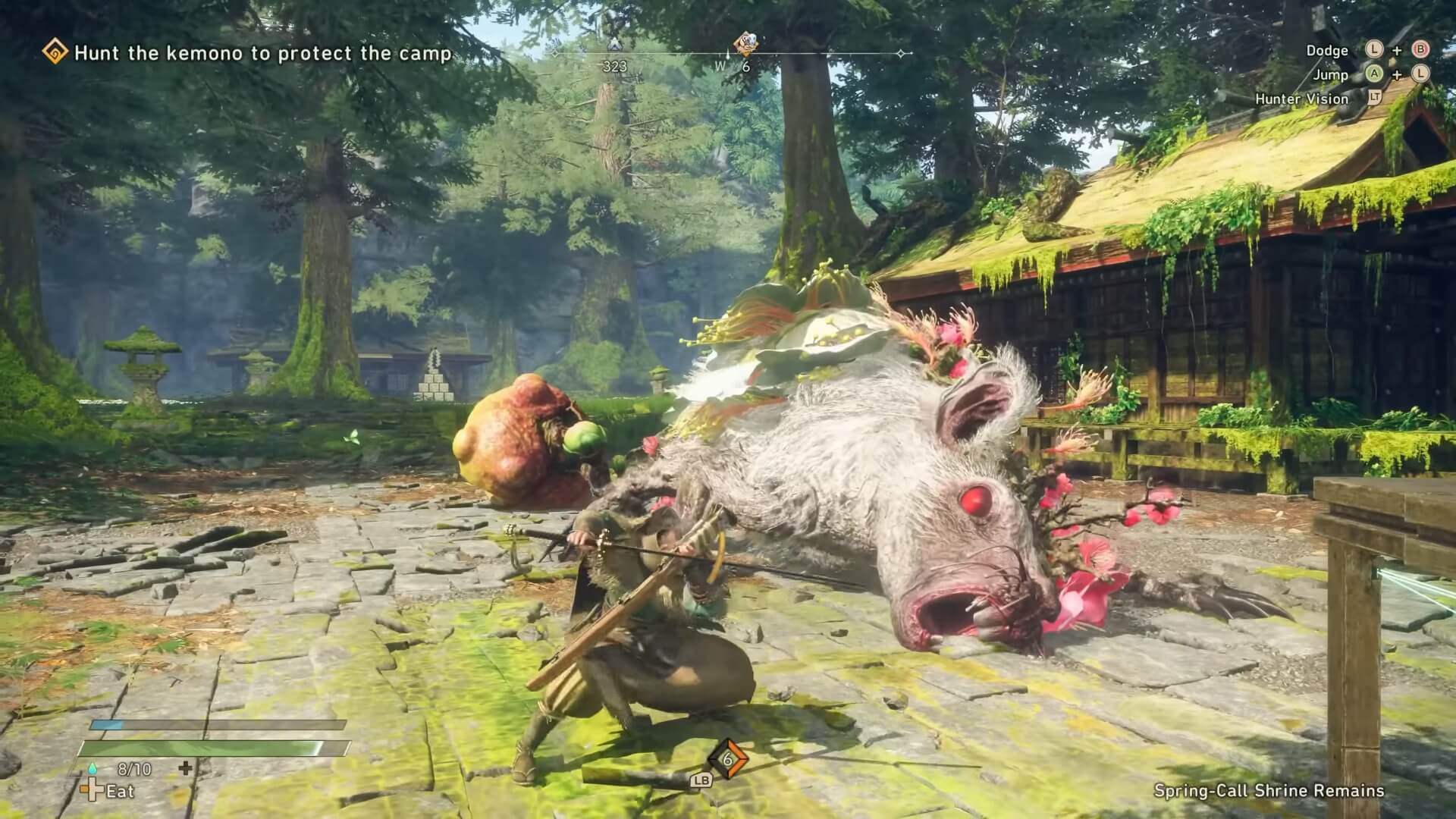
The gameplay of Wild Hearts revolves around the gigantic and beautiful monsters that you go out into thef world to hunt. Each quest in the game has a creature associated with it, sometimes multiple at the same time, and it is your job to go out and put them down for one reason or the other. Like Monster Hunter titles, the entire game is a series of boss fights against these aggressive beasts called Kemono, and the end goal is always to kill them before the time runs out.
But unlike Monster Hunter games, Wild Hearts doesn’t quite have the depth of complexity that we have come to expect from Capcom‘s masterpieces. You can still break off parts from the monsters to get additional materials, and you can still follow them across the map from region to region, but at its core, it’s missing many of the tiny things that make Monster Hunter so immersive and fun.
The creatures here do not get tired they cannot be put to sleep and most devastatingly, they cannot be captured with a trap and some tranquilizers. Your only option is to go out at full speed and kill them dead, with very few other options aside from that. There isn’t even a sharpening system here for your melee weapons, which some might actually not mind, but I personally always thought added a welcome layer of complexity to hunts.
Kemono also don’t have many unique traits to speak of, like how you can intrinsically tell the difference in behaviors between a Rathian and a Rathalos in Monster Hunter, and how each of those creatures moves and behave in combat. Or how I can see when a Deviljho is going to get aggressive, or when a Zinogre is going to charge itself up with electricity.
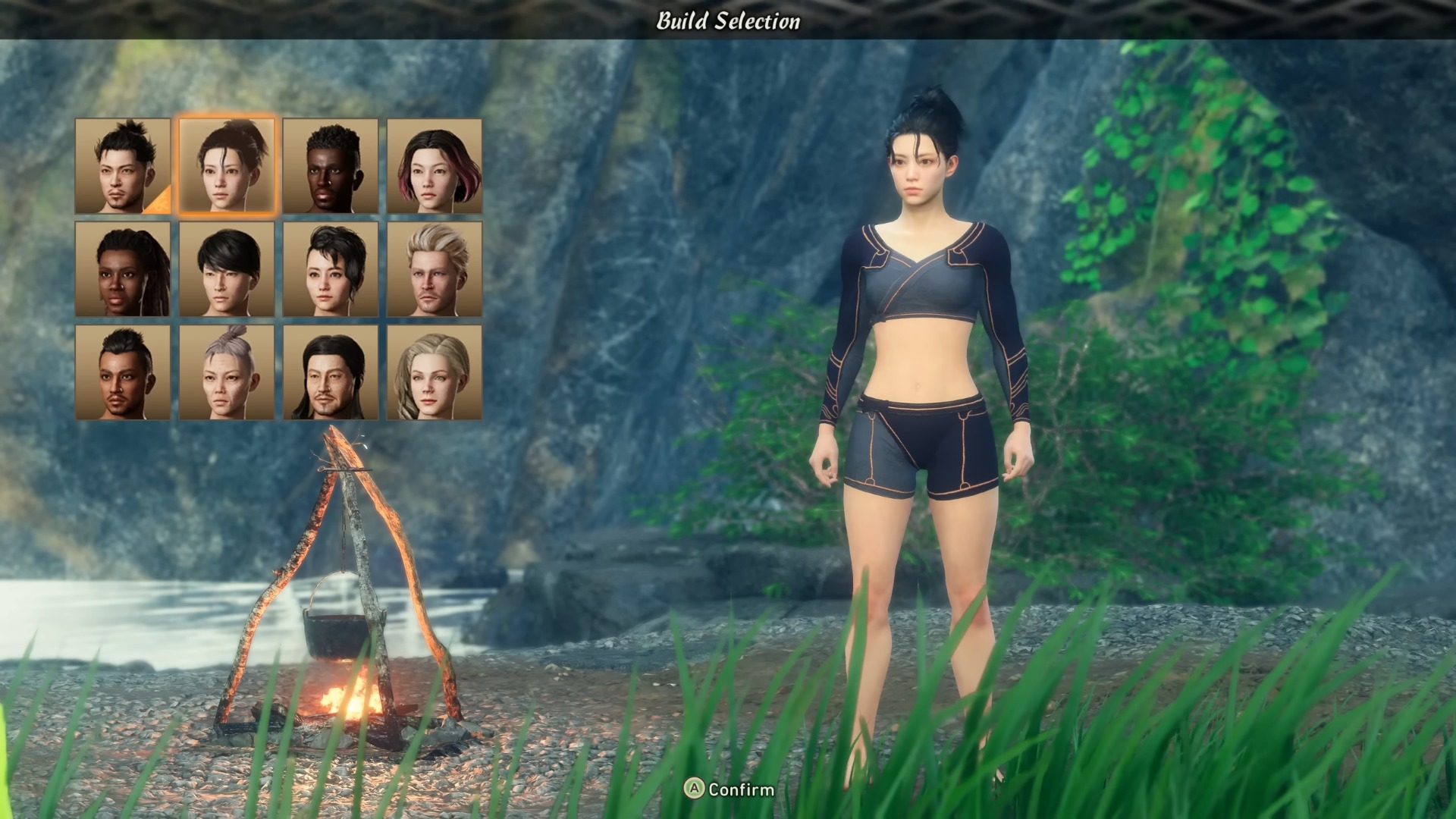
The Kemono all look beautiful, and their fights are all certainly fun, but they don’t have many unique behaviors, they don’t have defined personalities, and they all seem to enter an enraged state after a certain amount of damage has been done to them. They even all have overreaching and frankly unexpected area-of-effect attacks that seem to come out of nowhere.
My point is, quests in Wild Hears all seem to conform to more traditional boss fights than anything else. Part of the appeal of playing Monster Hunter is that the targets you hunt down feel more like animals than anything else. They get injured, they retreat, they get angry, and they move and behave like beasts, while the Kemono all feel like traditional boss fights.
In terms of the actual gameplay loop, you all know what to expect here. You hunt down monsters, collect parts from them, and then use those to create stronger and stronger armor sets and weapons. It’s an addicting loop in any game, and thankfully it feels great here as well.
There are eight different weapon classes you have access to in the game, and these range all the way from traditional arms like the Katana, Maul, and Bow, which function like you expect, to more experimental options like the Clawblade and the Karakuri Staff. The Clawblade is a lightweight weapon that allows you to grapple onto your targets and basically fly through the air to attack them, while the Karakuri Staff is a versatile tool that never excels at any one thing, but can mutate to take on different forms.
Each of these weapon types is fun to use in its own way and I’m glad to have eight different options to choose from, but none of them really has the impact that something like a Switch Axe or a Charge Blade in Monster Hunter. And as a Charge Blade main with a penchant for absurd-looking moves, I stuck with the Karakuri Staff all the way through the game.
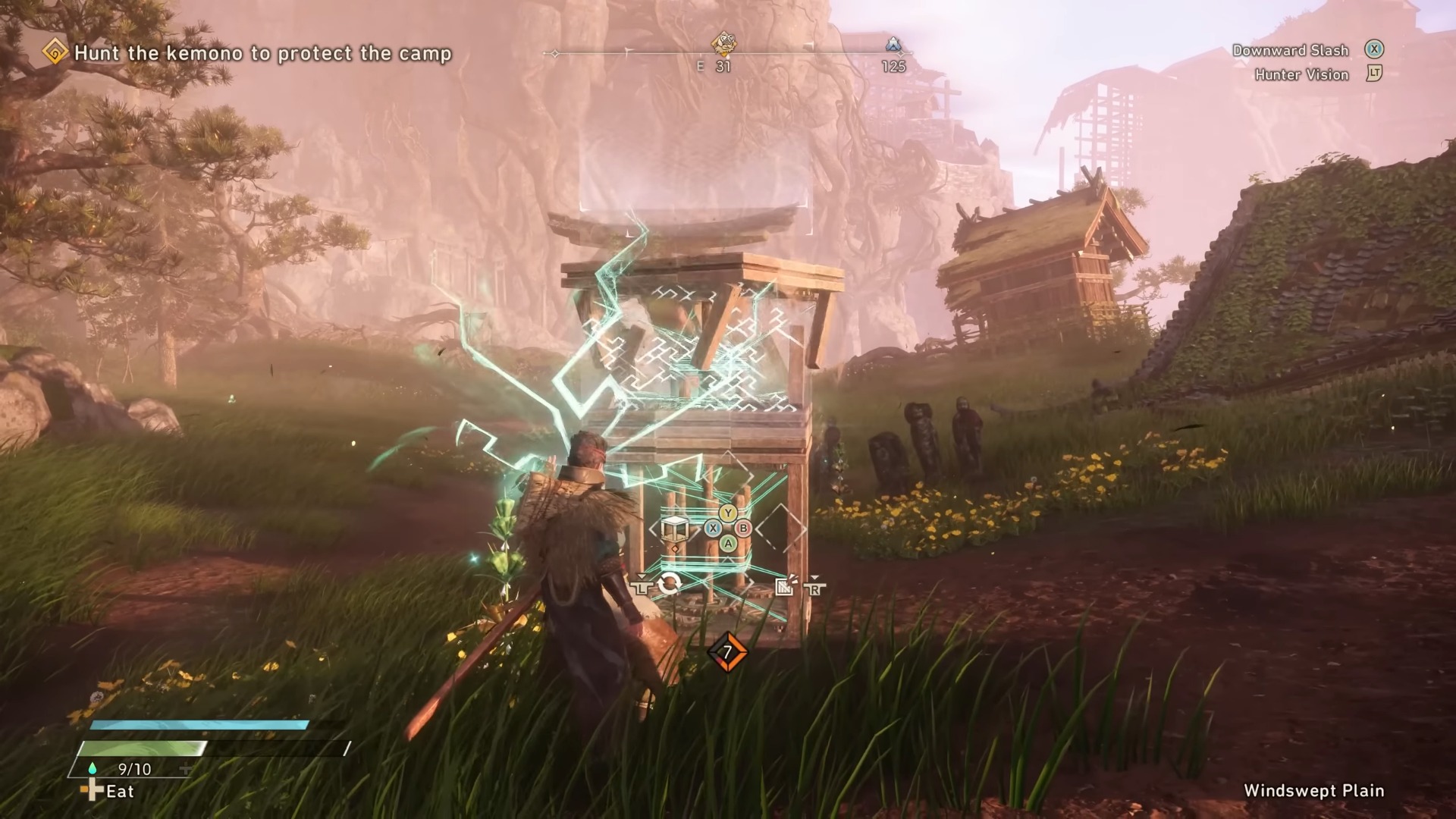
The key new feature that is meant to distinguish Wild Hearts from its influences are the Karakuri. These are devices that you can construct on the fly during hunts, and these assist you in performing a variety of tasks depending on what you require at the moment. For example, the most basic Crate Karakuri can be used to give you a platform to reach higher areas, or perhaps even jump off and land aerial attacks. The Spring Karakuri on the other hand does literally what the name implies, and you can use it to cover large distances and launch yourselves into foes.
Then there are Fusion Karakuri, which are made up of combinations of normal Karakuri, and can be used for more complicated tasks. One of the ones that I got the most use out of was the Shield Wall, which essentially erects a defensive wall in front of your character. Using this while a monster is charging can cause the attack to get interrupted, and stagger the creature for a few key moments. It looks spectacular as the structure collapses, but more importantly, it massively helps you control the flow of combat.
There are other options as well, like a Repeater Crossbow that attacks targets after short intervals, and even ones like the Healing Vaporizer that restores your health and heals you of a status effect. There are honestly more options than I ever knew what to do with, and players can mix and match to find ones that truly work for them. They add a much-needed depth to the combat and even help individual hunters stand more of a chance when going up against these imposing beasts.
Visuals And Performance
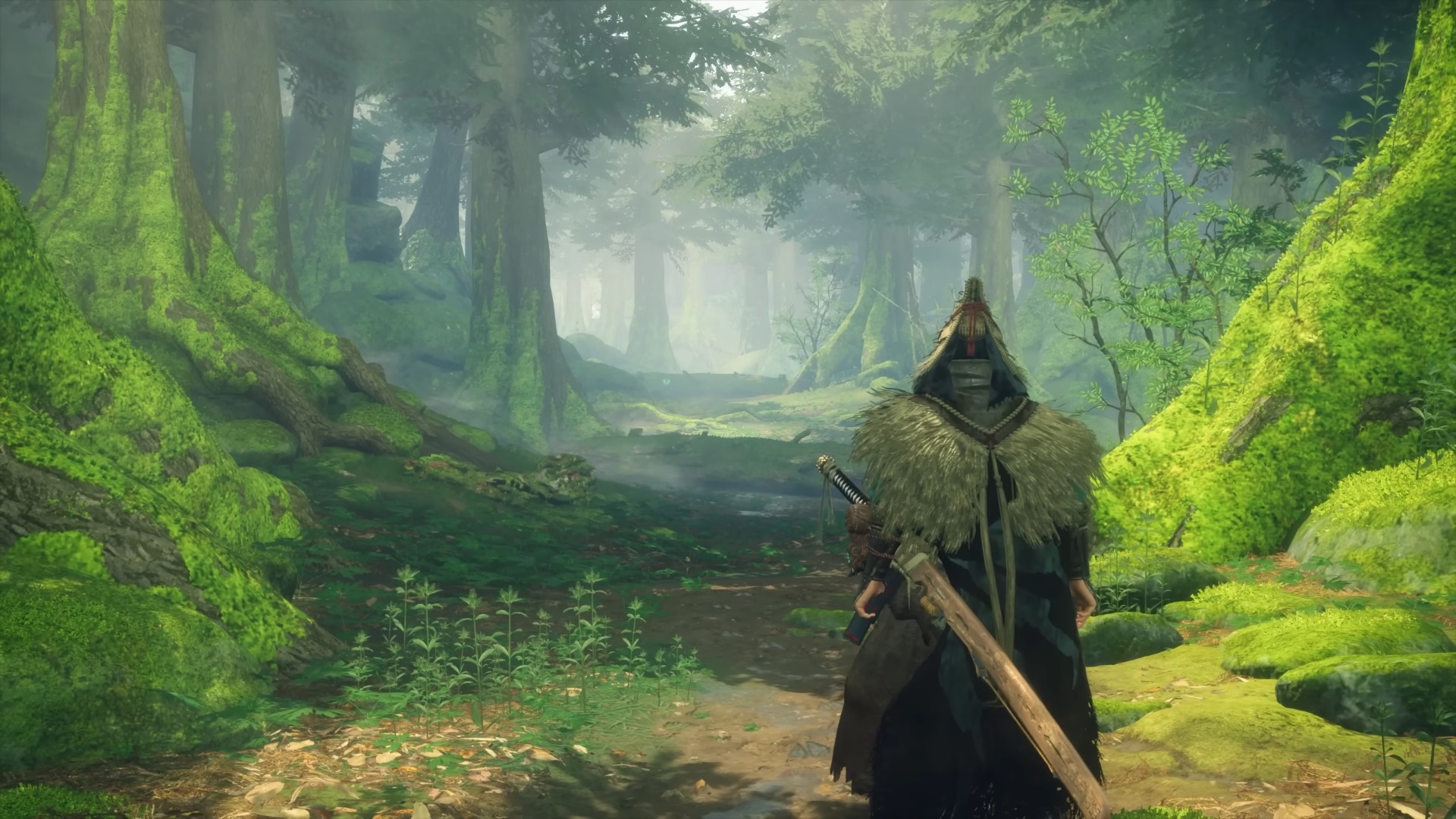
As per its Japanese-inspired setting, Wild Hearts makes use of an incredibly colorful palate that makes both its world and the monsters within it pop. It certainly helps the game distinguish itself from the Monster Hunter games, which go for a more gritty and realistic approach to their creatures.
Your attacks leave paintbrush-like strokes as you swing your weapons, and monster attacks leave ripples of energy in the air. It’s all genuinely really pretty and makes simply playing the game an absolute treat, but this is because of the art direction than anything else.
And I’m glad it went this route because otherwise, the game does look a bit bland in other respects. The art style does a lot to help distract you from the fact that a lot of the environments you explore are kind of bland looking. They lack details, whether it’s in the form of foliage or even the lack of other living creatures apart from the main monsters.
The performance is also absolutely god-awful at this point in time. We reviewed the game on PC, and it barely manages to hold a steady framerate even with an RTX 3080. Often times when the action gets really hectic, the FPS even drops well below 40, and that is really distracting. I advise you to wait until the game is patched before jumping into it, because it is a full $70 title, and you don’t want to drop that amount of money on something this broken right now.
Verdict
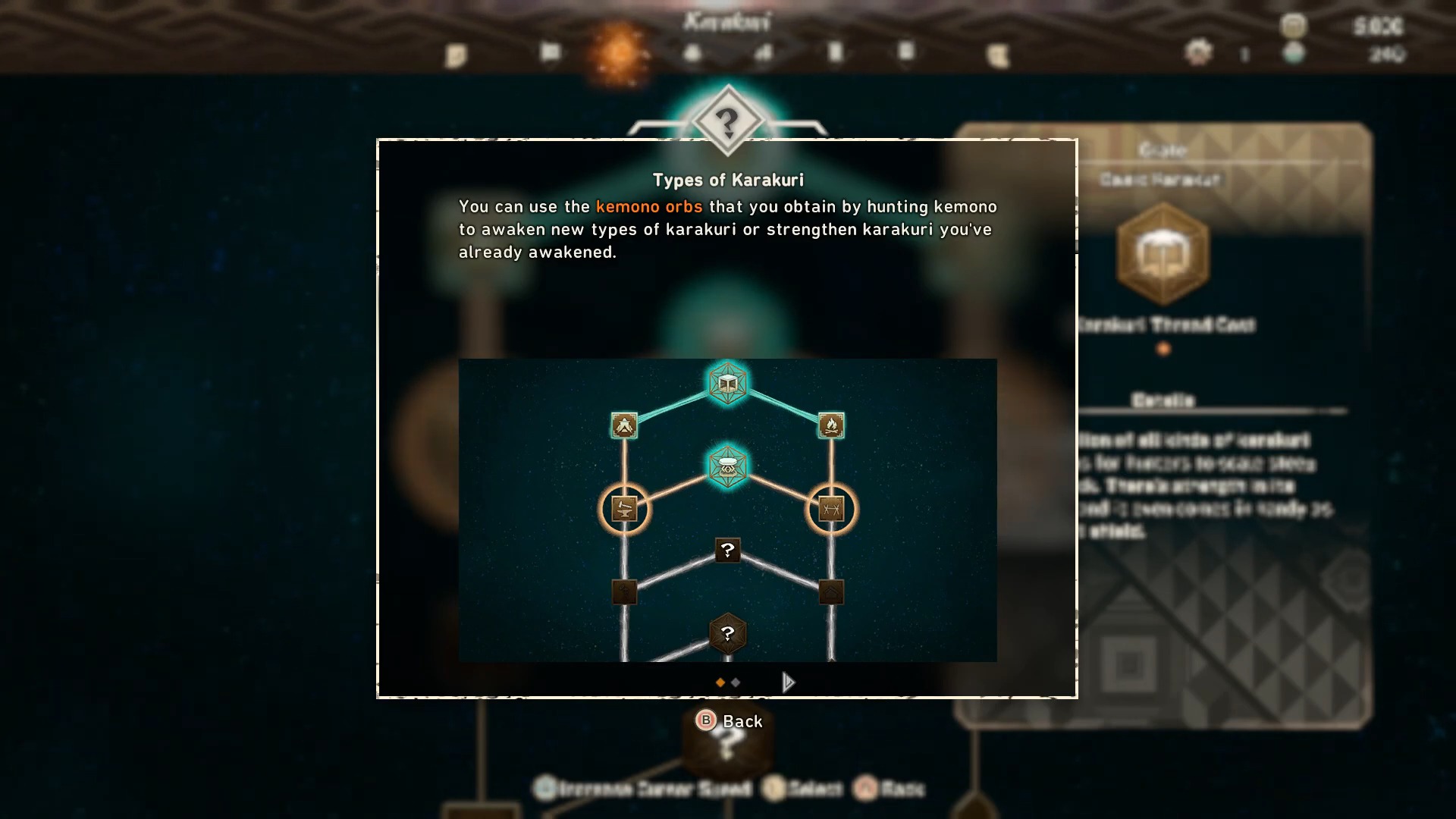
Wild Hearts is frankly an incredibly impressive attempt at creating a rival for the Monster Hunter franchise, and it’s an incredibly fun title to boot. It might not exactly be an actual threat to Capcom’s big money maker right now, but it’s the closest any game has ever come.
It combines an impressive setting with really fun combat and throws you into a beautiful world with lots of really unique creatures to hunt. I love the Karakuri system because it is truly the one aspect of the game that sets it apart from its influences and add some much-needed variety to encounters. It also makes hunting alone more fun and engaging than I thought it would.
But the game has some issues. some of which are more serious than others. I don’t like the lack of unique enemy behaviors and the boss-like feel to them, but that is perhaps me imposing too much of Monster Hunter’s standards on a completely different property. The other performance issues are much more general, and I do think you should hold off on purchasing the game until those are fixed.
Overall though, this is a fantastic game that deserves the chance to grow and evolve into its own unique series, and I hope that Electronic Arts sticks with it for the long haul.
This has been our Wild Hearts Review. While you’re here, consider checking out some of our other articles.
- Like A Dragon: Ishin! Review
- Returnal Review
- Wanted: Dead Review
- Hogwarts Legacy Review
- SpongeBob SquarePants: The Cosmic Shake Review
- Dead Space Remake Review
Thanks! Do share your feedback with us. ⚡
How can we make this post better? Your help would be appreciated. ✍
